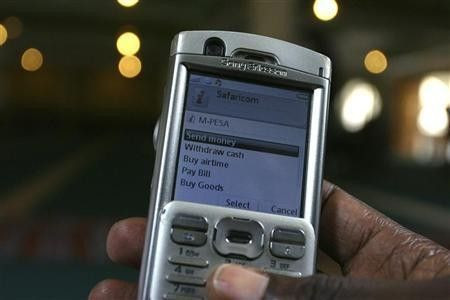Beware! Cellphone radiation can cause brain cancer: WHO Report

Cellphones contain radiofrequency electromagnetic fields that can possibly increase the risk of glioma, a malignant brain cancer, in human beings, the WHO/International Agency for Research on Cancer (IARC) said.
According to the report, released Tuesday after a weeklong meeting by experts on the field - a team of 31 scientists from 14 countries - the electromagnetic radiation found in cellphones, microwaves and radar can cause glioma, a rare but often deadly form of brain tumor, to human beings.
Cellphones have been classified in category 2B, which also includes pesticide DDT and gasoline engine exhaust.
The chair of the working group, Dr. Jonathan Samet of the University of Southern California, said it's too soon to draw conclusive links between cancer and wireless devices. We still have much to learn about how these fields interact with biological material, he said. We have to leave open the possibility that there are things for us to learn.
It is possibly carcinogenic, said IARC, whose findings are based on data from case studies in multiple countries. The agency had to give cellphones one of the five labels - carcinogenic, probably carcinogenic, possibly carcinogenic, not classifiable or not carcinogenic.
It is not clearly established that it does cause cancer in humans, the agency, which has published more than 100 papers since 1970 on the cancer-causing properties of asbestos, X-rays and the human papillomavirus, among others, concluded.
So how does cellphone cause cancer?
The agency has found that cellphones send signals to nearby towers via radio frequency waves, a form of energy similar to FM radio waves and microwaves. Though the radiation emitted by cellphones cannot directly damage human DNA unlike stronger types of radiation like X-rays or ultraviolet light, yet, high usage of cellphone means radio frequency waves from cellphones are emitted at high levels, which can heat up body tissue.
WHO has previously said that there is no concrete evidence that it can damage human cells. The Federal Communications Commission (FCC) and U.S. Food and Drug Administration (FDA) have also long maintained that cell phones are safe.
Though some advocacy groups have claimed for years that heavy cellphone usage could be linked to glioma, their assertion couldn't be backed by sufficient data or evidence and to date, studies have not found clear link between cellphones and cancer.
At least thirty independent studies were done in Europe, New Zealand and the U.S. and in not a single study cancer patients recalled having used cellphones more than unaffected people.
The latest report can have significant ramifications as cellphone usage is growing in the world and today 5 out of 7 people use cellphones.
IARC said more study is needed to be certain. The report will be submitted to WHO and UN, which will review and formulate guidelines on cellphone usage.
The report adds to the growing number of risks associated with cellphone usage, including auto accidents and damage to young brains.
Though IARC's conclusion suggests that there's some link between cellphones and cancer, it's too weak to draw strong conclusions from, Ed Yong, head of health information at Cancer Research UK, said.
© Copyright IBTimes 2024. All rights reserved.





















